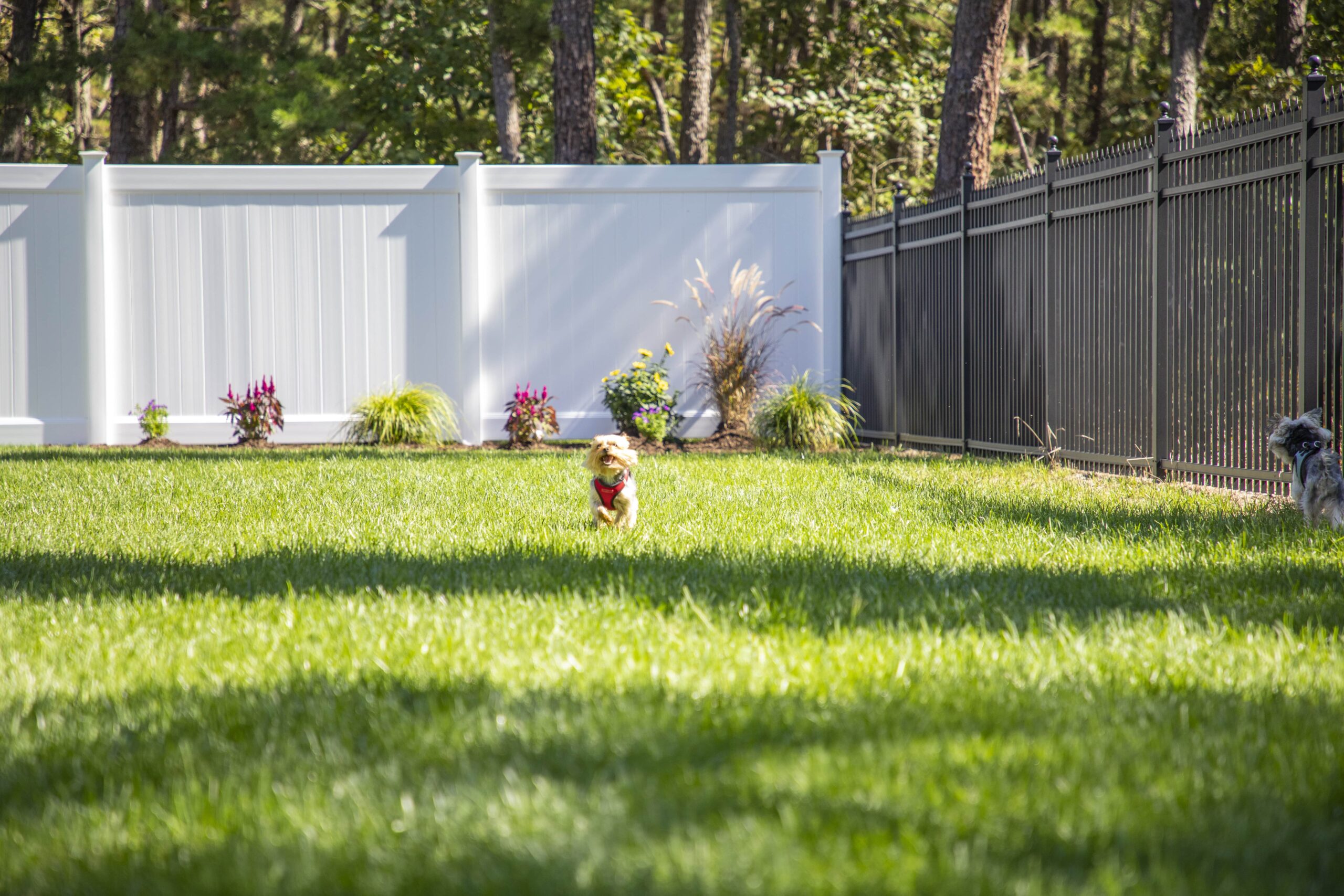All Categories
Featured

When taking into consideration mounting a fence on your residential or commercial property, one of the most vital actions is to understand whether you need a permit. The particular authorizations called for can vary depending on your place, the type of fence you plan to mount, and the height or positioning of the fence.
Why You Need a License for a Fencing Setup. A fence authorization is required to make certain that the setup meets regional policies. The permit procedure assists neighborhood authorities confirm that your fence does not conflict with web traffic visibility, respect your residential property lines, or breach elevation constraints. It additionally makes sure the security of the structure, so it doesn't position a hazard to you, your next-door neighbors, or the public. Installing a fence without an authorization can cause penalties, elimination of the fence, or hold-ups in building, so it's vital to examine whether a permit is called for prior to beginning your task.
Sorts Of Licenses You Might Need. There are a few common kinds of authorizations you could require for a fence installation:
Structure Permit. A building permit is one of the most typical authorization needed for fencing installations. This license ensures that the fence satisfies security criteria and is built according to neighborhood building regulations. A structure authorization is typically needed if the fence goes beyond a specific height (commonly 6 feet), is made of particular materials, or is situated near a public sidewalk or roadway.
Zoning License. A zoning permit might be required to verify that your fence adheres to neighborhood zoning laws. Zoning regulations can determine where a fence can be put on your building, just how high it can be, and whether it is permitted in particular locations (such as along residential property lines or in front lawns) Some towns have guidelines restricting the elevation of fences in the front yard to make sure presence for motorists and pedestrians.

Obstacle Authorization. If you are developing a fencing near your residential or commercial property line or near a road, you may require a trouble permit. A setback describes the range a framework, including fencings, should be from the home line. Setback laws differ by place, and guaranteeing that your fencing is put appropriately can protect against problems with neighbors and stay clear of violations.
Homeowner Organization (HOA) Approval. If you live in a community controlled by a Home owner's Organization (HOA), you might need authorization from them in addition to neighborhood authorizations. HOA guidelines commonly cover the kind of materials, elevation, style, and color of fencings. Also if your local government doesn't need a license, your HOA might still have particular guidelines that need to be followed.
How to Obtain a Fencing Authorization. To look for a fence license, you'll require to contact your regional structure department or preparation office. The application process normally entails filling in a type, paying a charge, and submitting a website strategy of your residential or commercial property that shows the recommended location of the fencing. You may additionally need to consist of information about the materials, height, and design of the fence.
In some instances, a local official might require to examine your building before authorizing the license. When the authorization is provided, you will be licensed to continue with your fencing installation.
When Is a Permit Not Required? In certain situations, a license may not be required. These situations can include:
Reduced Height Fences: In lots of areas, fencings that are below a certain elevation (frequently 3 to 4 feet) might not require an authorization, specifically if they are positioned in the backyard or other non-visible locations.
Fence Substitute: If you're replacing an existing fence with the exact same elevation and product, some areas may not call for a new license.
Non-Obtrusive Fences: Decorative or momentary fences, such as those used for gardening or landscape design purposes, might not need permits as long as they are not irreversible and low.
Nonetheless, it is very important to contact your local zoning office or structure division, as laws can vary by jurisdiction.
Consequences of Not Acquiring an Authorization. Failing to obtain the needed permits can lead to substantial consequences. These include fines, compelled elimination of the fencing, or also hold-ups in construction. Additionally, if your fence doesn't satisfy regional laws, you might encounter lawful concerns with neighbors or neighborhood authorities.

Verdict. By ensuring that you comply with neighborhood guidelines and get the necessary authorizations, you can make sure and stay clear of pricey blunders that your fencing is lawfully certified. Examine with your neighborhood building department, HOA, and zoning workplace to identify what licenses are needed for your particular fence project.
Latest Posts
Just How to Prolong the Life of Your Plastic Fence?
Published Apr 19, 25
1 min read
Stylish, Durable Floor Tile Floor Covering for every single Room
Published Apr 19, 25
2 min read
Quick Car Repair Solutions - Reserve Your Spot with Montclare Auto Repair Without Delay
Published Apr 19, 25
2 min read
More
Latest Posts
Just How to Prolong the Life of Your Plastic Fence?
Published Apr 19, 25
1 min read
Stylish, Durable Floor Tile Floor Covering for every single Room
Published Apr 19, 25
2 min read
Quick Car Repair Solutions - Reserve Your Spot with Montclare Auto Repair Without Delay
Published Apr 19, 25
2 min read